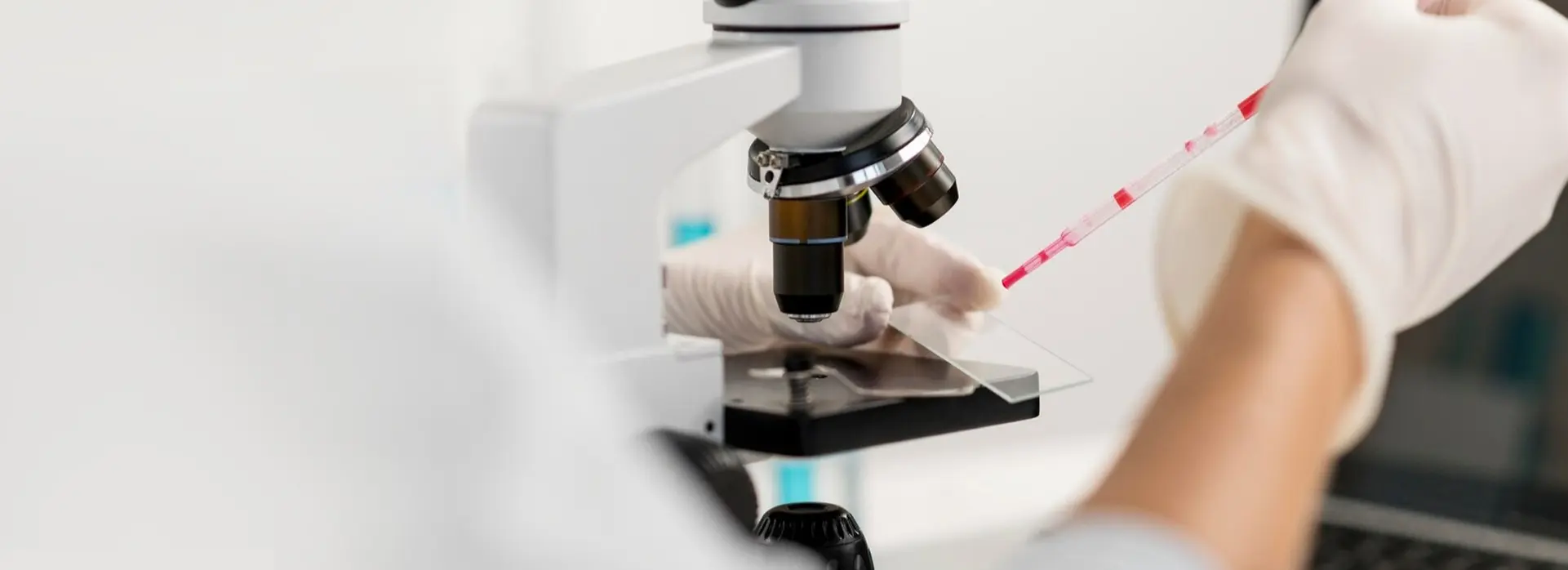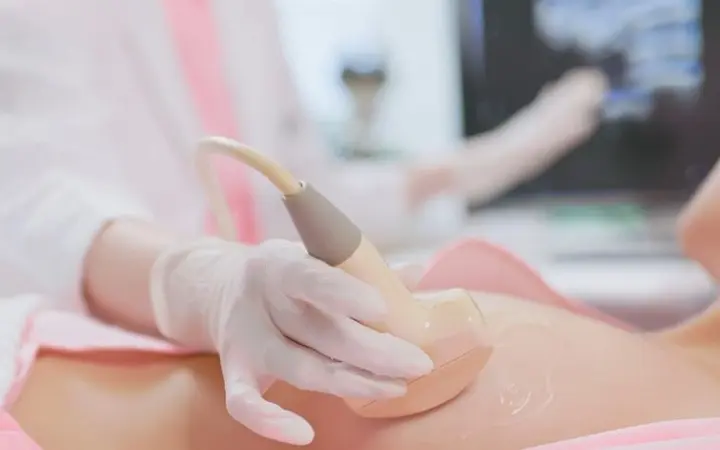Vacuum Biopsy
No Suspicion of Breast Cancer Goes Unresolved with Vacuum Biopsy!
Vacuum biopsy is the most advanced biopsy (tissue sampling) technique used for the histopathological (cellular) diagnosis of suspicious findings detected in the breast. Compared to other biopsy methods, vacuum biopsy allows for obtaining larger tissue samples more easily and safely. While vacuum biopsy can be used with all imaging modalities, it is considered the most distinguished breast biopsy method specifically for sampling suspicious areas seen only on breast MRI or mammography. At Radiologica Imaging and Diagnostic Center, vacuum-assisted breast biopsy is performed according to world-class standards by our specialists, guided by ultrasonography, breast MRI, or stereotactic digital mammography equipped with a table adaptable to supine or seated positions.
Vacuum biopsy is a biopsy technique used for the histopathological (cellular) diagnosis of certain suspicious radiological findings observed in the breast. It is a general term for biopsy systems that use thicker needles than cut (core) needle biopsies, allowing for larger amounts of tissue to be taken in a single insertion. During the biopsy, vacuum suction pulls the tissue into the needle, enabling the collection of more tissue. This results in obtaining a higher diagnostic value and reducing the margin of error. During the vacuum biopsy procedure, ultrasonography, stereotactic mammography, or magnetic resonance imaging systems guide the process and direct the needle system towards the target. Vacuum biopsies are typically used under stereotactic mammography guidance for microcalcifications that cannot be seen on ultrasonography but require more tissue for diagnosis, or under MRI guidance for lesions visible only on MRI. The only drawback of the system is the significantly higher cost of materials compared to cut biopsy systems. Currently, vacuum biopsy is the premier biopsy method for microcalcifications seen only on mammography or lesions seen only on MRI.



